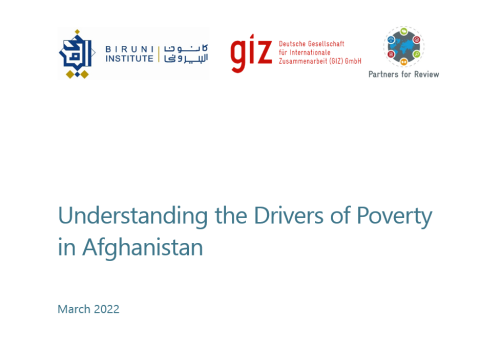Afghanistan’s recent development experience reveals few paradoxes; poverty increased between 2007 and 2016 despite strong economic growth and massive aid inflows, while in the subsequent period until 2020, poverty moderated despite growing insecurity and declining off-budget aid. This report attempts to better understand some of the dynamics behind the evolution of poverty in Afghanistan in the past two decades. It identifies the correlates of poverty at household-, community- and provincial levels, by undertaking a statistical and econometric analysis and combining data from four rounds of household surveys since 2007 with other regional and panel datasets, including conflict and off-budget aid data. Based on the results, it develops a policy framework to guide the interventions for poverty alleviation, equally informed by past policy failures and the political economy context. The framework not only proposes a set of economic and structural policies to fight poverty in the short, medium and long terms, it also suggests a set of institutional arrangements to ensure increased effectiveness in poverty reduction efforts supported by the international community in the country.



